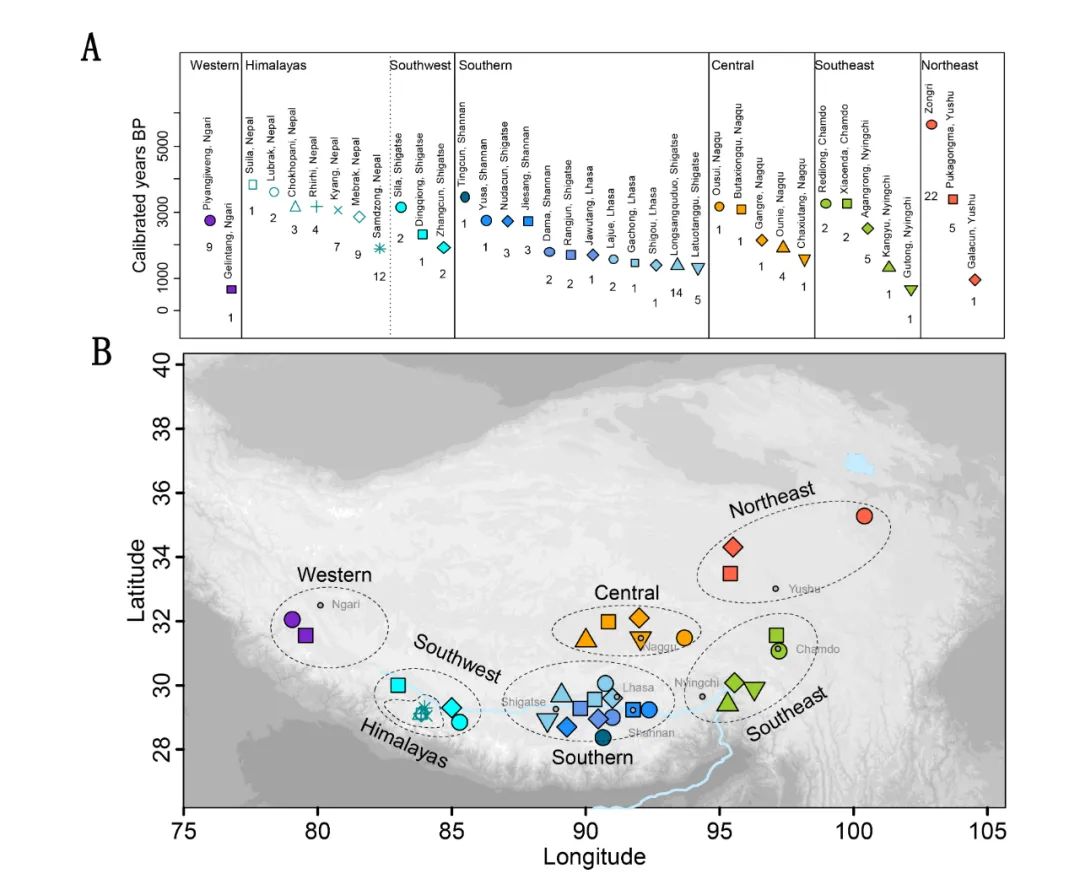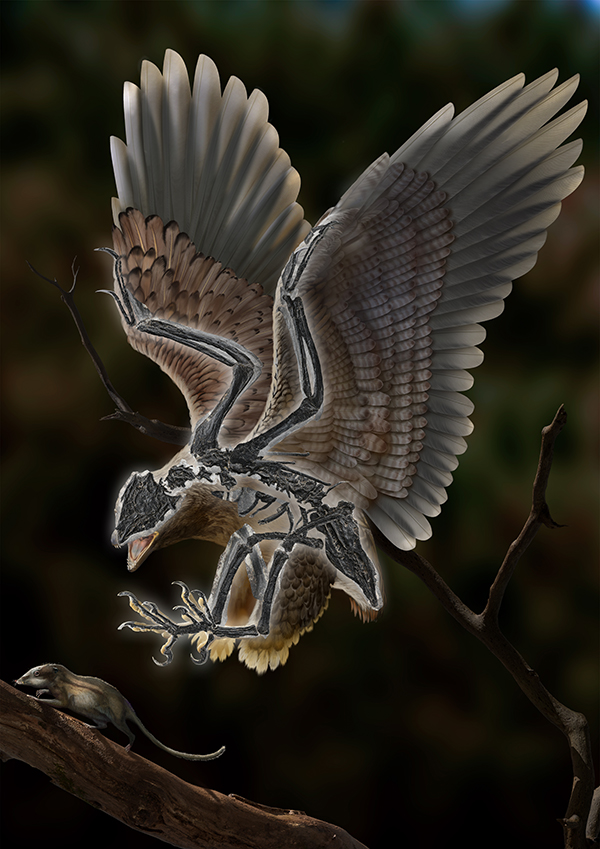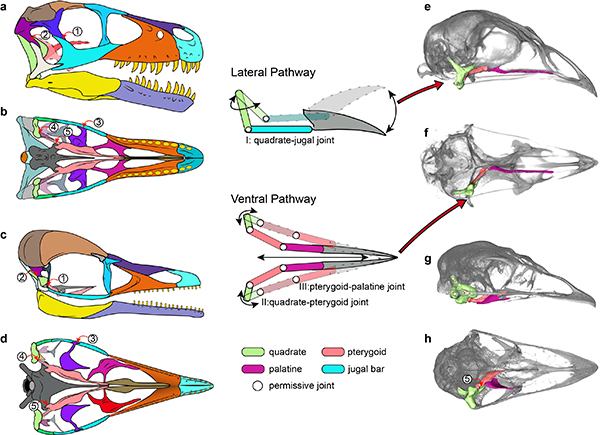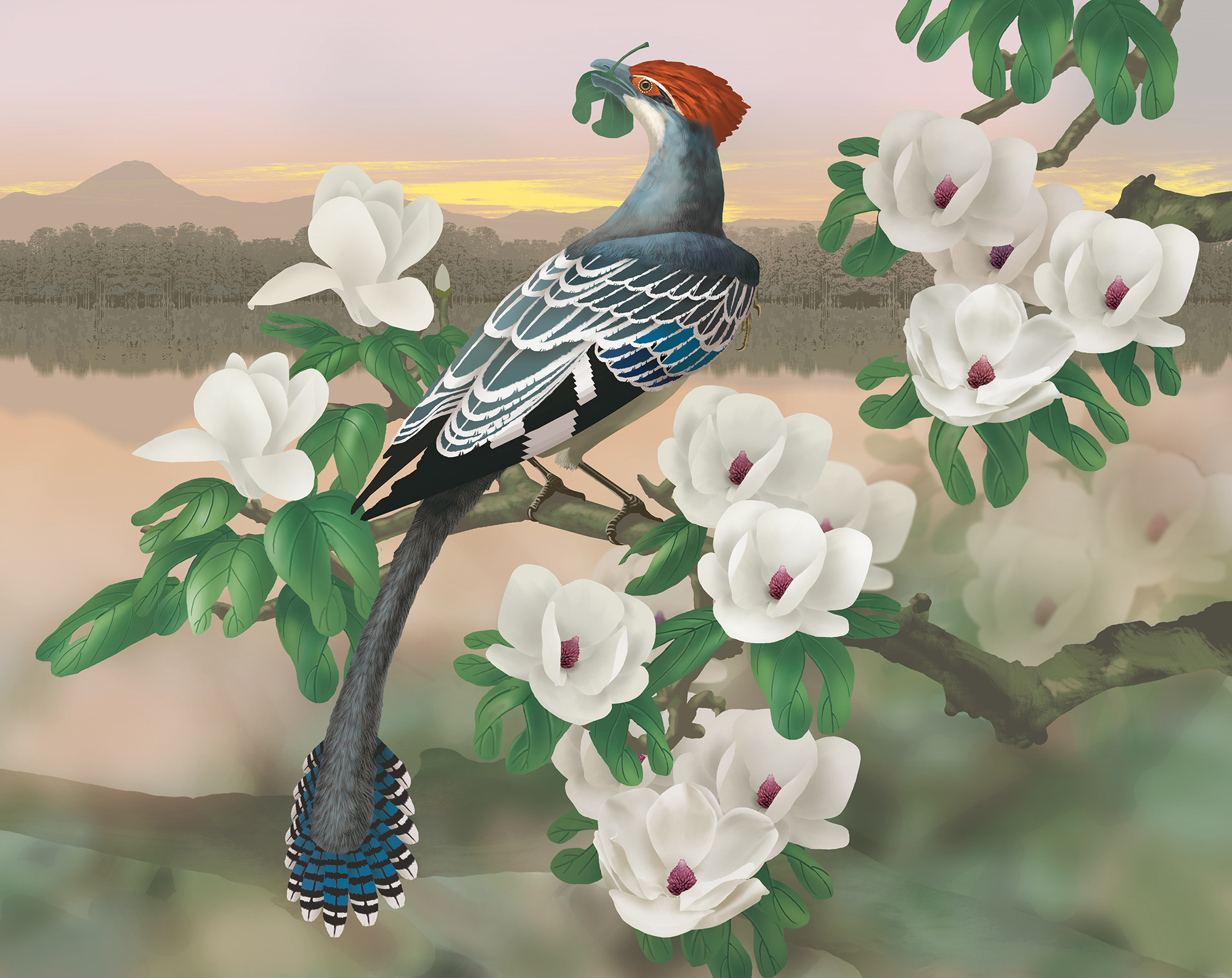 |
Fossil Unveils Leaf Eating Among Earliest Birds |
A new type of analysis of a spectacular 120-million-year-old fossil skeleton of the extinct early bird Jeholornis from northeastern China has revealed the oldest evidence for birds eating leaves, marking the earliest known evolution of arboreal plant-eating among birds.
The pheasant-sized Jeholornis, a member of... |
|
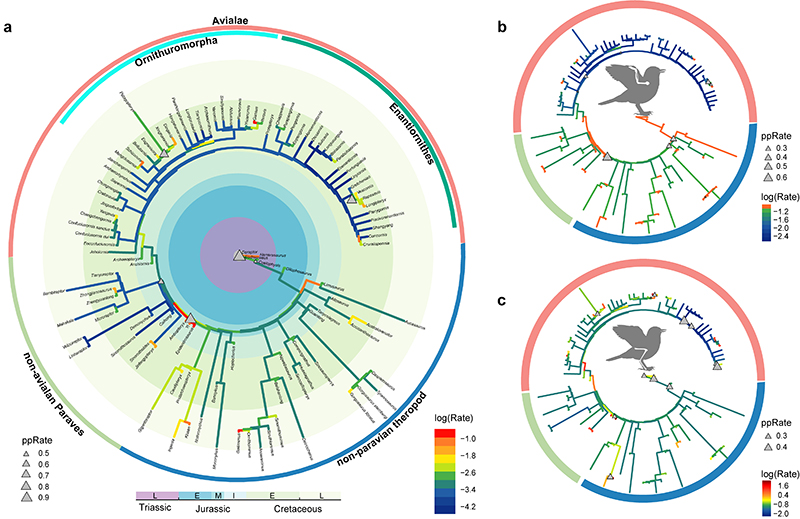 |
Scientists expand understanding of limb evolution in earliest birds |
| The assembly of the volant bird body plan from the ancestral bulky dinosaurian condition is an enduring topic of evolutionary biology. The body plan of volant birds demonstrates a pronounced decrease in body size and proportionate elongation of the forelimbs. Given the scaling relationship between limb and body size... |
|
|
|
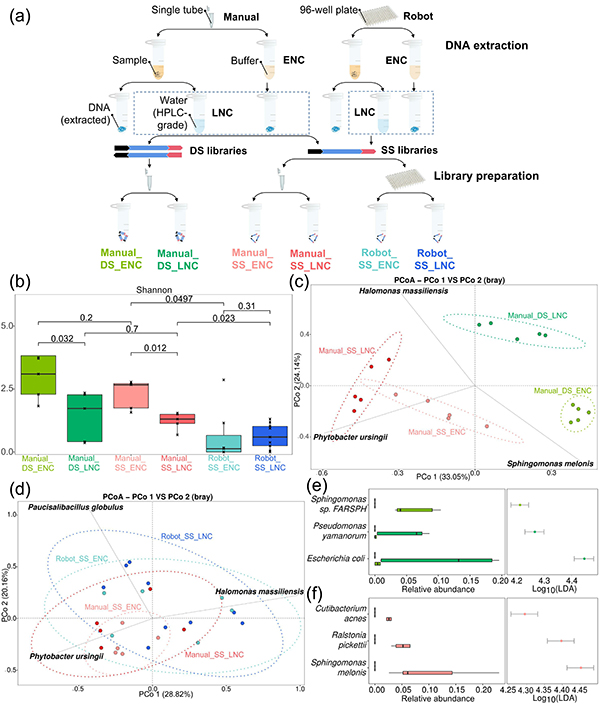 |
Assessment of contaminants associated with gold-standard ancient DNA protocols |
| Ancient DNA (aDNA) techniques have rapidly evolved in recent years, especially the application of single-stranded DNA library construction protocol and the automation of lab work using liquid handling robots that has greatly improved the efficiency of ancient DNA research. These techniques are widely used in the stu... |
|
|
|
|
|
|
|
|
|
|
Fish Fossils Breathe New Life into Fin and Limb Evolutionary Hypothesis |
A trove of fossils, unearthed in rock from China dating back some 436 million years, has revealed for the first time that the mysterious galeaspids, members of an extinct clade of jawless fish, possessed paired fins.
The discovery, by an international team led by Prof. ZHU Min from the Institute of Vertebrate Pa... |
|
|
Dawn of Fishes—Early Silurian Jawed Vertebrates Revealed Head to Tail |
A newly discovered fossil "treasure hoard" dating back some 436 million years to the early Silurian period reveals, for the first time, the complete body shape and form of some of the first jawed fishes.
The discovery was published in Nature on Sept. 28 by an international team led by Prof. ZHU Min from the Inst... |
|


